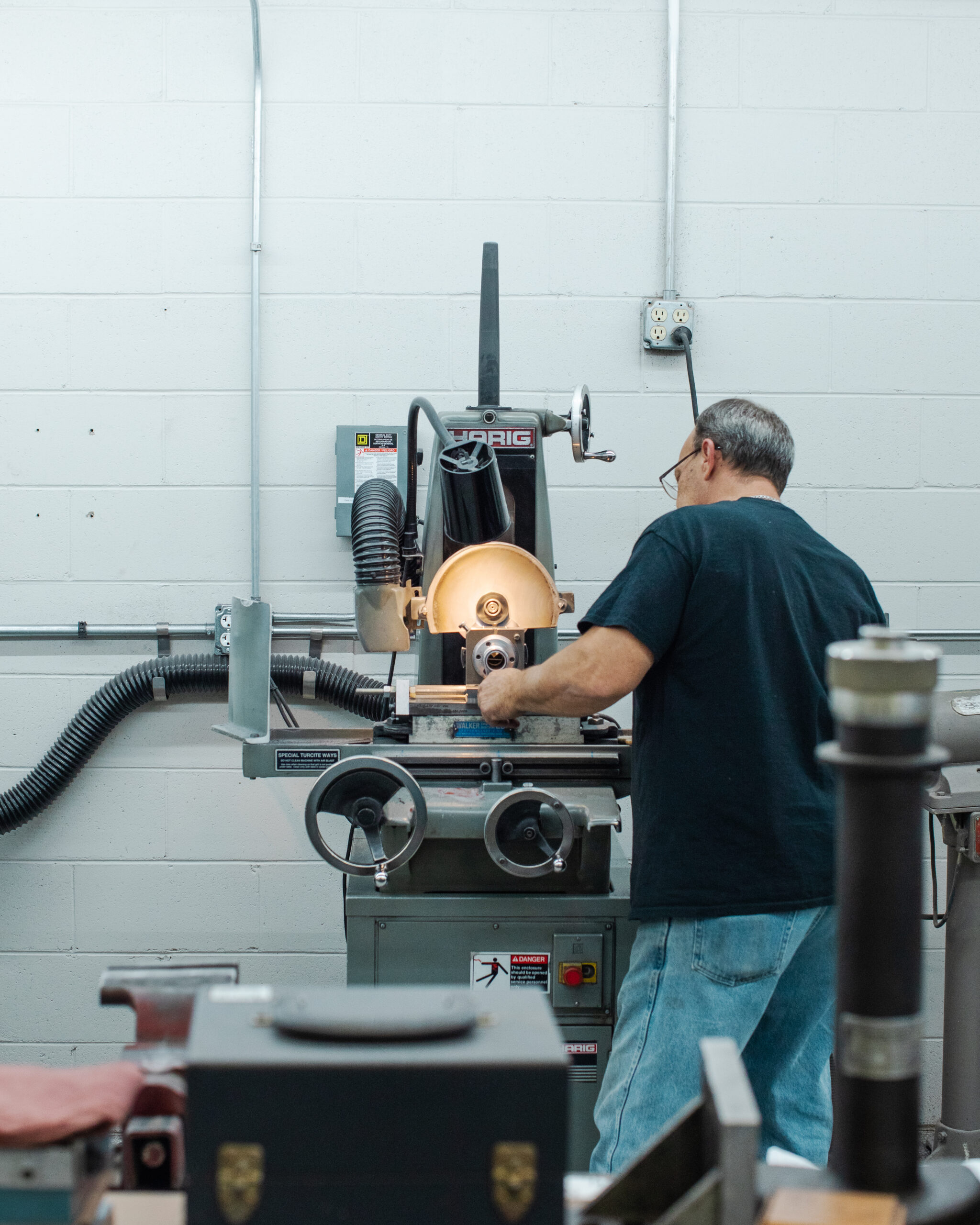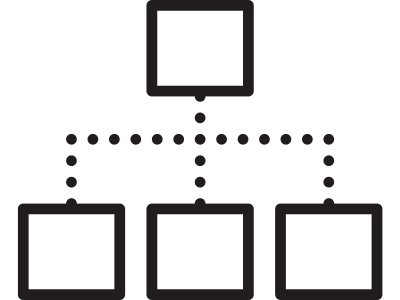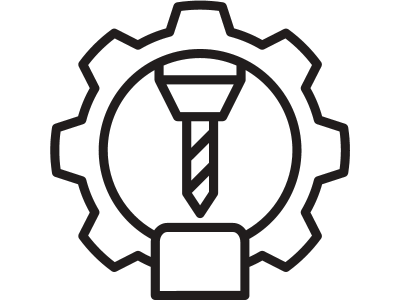Rapid Prototyping FAQs
Rapid prototyping significantly accelerates the product development process, allowing teams to quickly transform ideas into tangible prototypes. This approach enables iterative testing and refinement, which are crucial for validating design concepts and ensuring they meet user needs and requirements. By employing rapid prototyping, businesses can explore multiple design variations swiftly, identify and resolve issues early on, and enhance collaboration among team members. This results in a more efficient development process, reduced time to market, and potentially lower costs as design flaws are detected and addressed early, minimizing the need for costly revisions later in the production stage.
Rapid prototyping is a versatile technology embraced by various industries to accelerate innovation and product development. Key sectors leveraging rapid prototyping include:
Automotive: Utilized for developing new vehicle components, concept cars, and prototypes, enabling faster design iteration and testing.
Medical Devices: Employed for creating surgical instruments, prosthetics, and patient-specific models for preoperative planning.
Aerospace: Used to fabricate components, structures, and concept models for aircraft and spacecraft, facilitating advanced testing and design verification.
Industrial Machinery: Assists in designing custom tools and unique machine components, streamlining the tooling process known as rapid tooling.
Consumer Electronics: Aids in the fast-paced development of new gadgets, allowing for quick iterations and user testing.
Architecture: Enables the construction of detailed scale models, assisting in the visualization and planning of architectural projects.
These industries benefit from rapid prototyping’s ability to reduce development times, lower costs, and enhance product quality through iterative feedback and testing.
Rapid prototyping stands out for its speed and agility, enabling designers and engineers to quickly iterate on designs and incorporate feedback. This approach significantly reduces the development time and costs compared to traditional prototyping. With traditional methods, creating a prototype often involves longer cycles for design, fabrication, and testing, which can be resource-intensive and time-consuming.
Rapid prototyping, especially through additive manufacturing like 3D printing, allows for the production of complex designs without the need for elaborate tooling or molds. This not only speeds up the process but also offers greater flexibility in design modifications. On the other hand, traditional prototyping may provide more accurate representations in terms of materials and manufacturing processes for the final product but tends to be slower and less adaptable to rapid design changes.
In essence, rapid prototyping is ideal for early-stage product development where speed, innovation, and iterative testing are critical, while traditional prototyping is often reserved for later stages when materials and processes are more aligned with the end product.

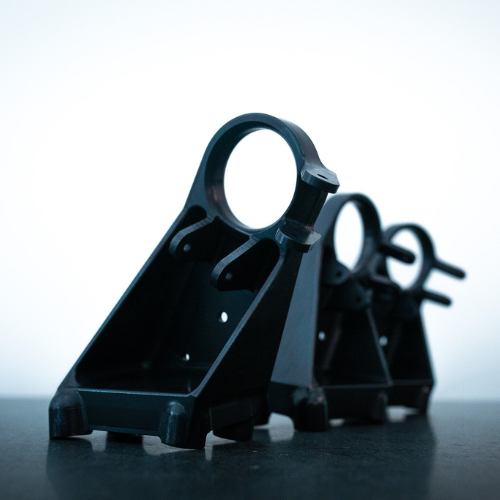 Rapid Prototyping with CNC Machining
Rapid Prototyping with CNC Machining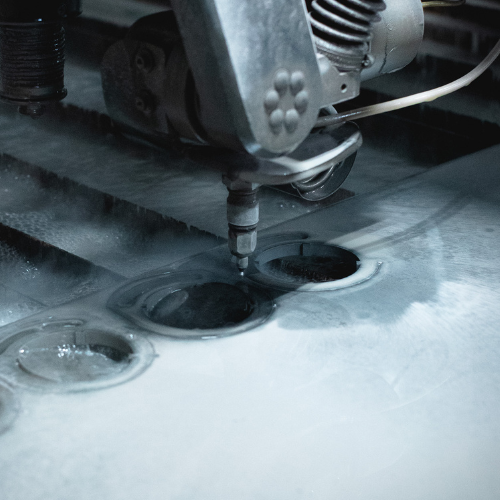 Rapid Prototyping with Waterjet Cutting
Rapid Prototyping with Waterjet Cutting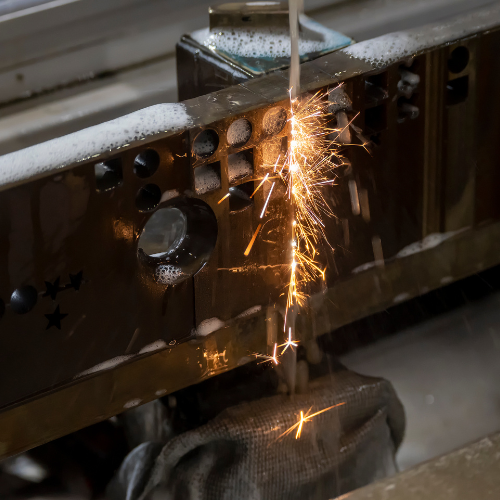 Rapid Prototyping with Wire EDM Machining
Rapid Prototyping with Wire EDM Machining